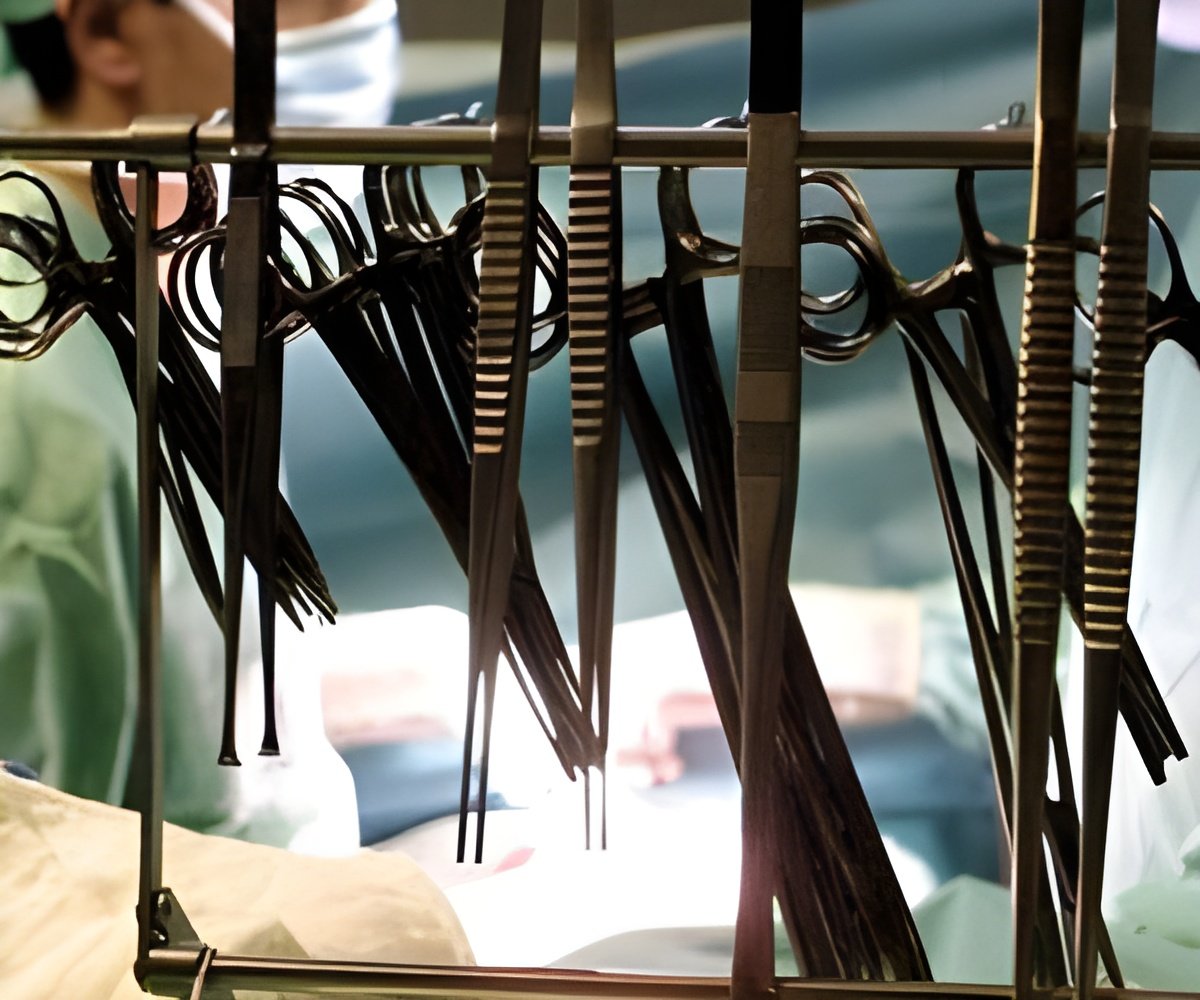
To achieve this improvement, Dartmouth Hitchcock chose the Rapid Process Improvement Workshop (RPIW) to address the problem. The RPIW team spent five days assessing barriers to prompt first-case starts and redesigned the workflow of patient preparation.
At Vanderbilt University Medical Center, Nashville, Tenn., an initiative tied to financial incentives for staff jump started their improvement project. The Departments of Anesthesia, Surgery and Perioperative Services shared in the goal to improve first-case on-time starts and the funding went to each of the departments when they reached their goal.
"At the start of the day, operating room (O.R.) managers know at what time and how many surgical cases are expected that day, and how long they should take. Any deviation from the planned schedule disrupts the entire schedule and chances are that administrators will spend the rest of the day playing catch up," said Vikram Tiwari, Ph.D., assistant professor of anesthesiology and director of surgical business analytics at Vanderbilt University Medical Center.
The Dartmouth study improved first-case on-time starts after 16 weeks to 75 percent. Dartmouth then instituted a daily communication to any caregiver associated with a delayed room, and on-time starts rose further, to 82 percent. The average delay decreased from 7.2 minutes to 4 minutes.
This improvement was created by instituting nine key workflow changes. For example, on the day of surgery, certain teams were given authority for specific windows of time in the hour prior to the case starting. O.R. nurse visits were implemented as the first task, rather than occurring just prior to patient transport. Paperwork and testing were completed prior to the day of surgery, and anesthesia teams were no longer required to ask the O.R. for permission to enter the room if it was after 7:20 a.m.
Advertisement
The Dartmouth case study estimated that an improvement to greater than 80 percent on-time starts would result in increased patient and staff satisfaction and nearly $2 million a year in combined cost saving in overtime pay, additional cases and increased revenue.
Advertisement
Founded in 1905, the American Society of Anesthesiologists (ASA) is an educational, research and scientific society with more than 50,000 members organized to raise and maintain the standards of the medical practice of anesthesiology. ASA is committed to ensuring physician anesthesiologists evaluate and supervise the medical care of patients before, during and after surgery to provide the highest quality and safest care every patient deserves.
For more information on the field of anesthesiology, visit the American Society of Anesthesiologists online at asahq.org. To learn more about the role physician anesthesiologists play in ensuring patient safety, visit
Source-Newswise









